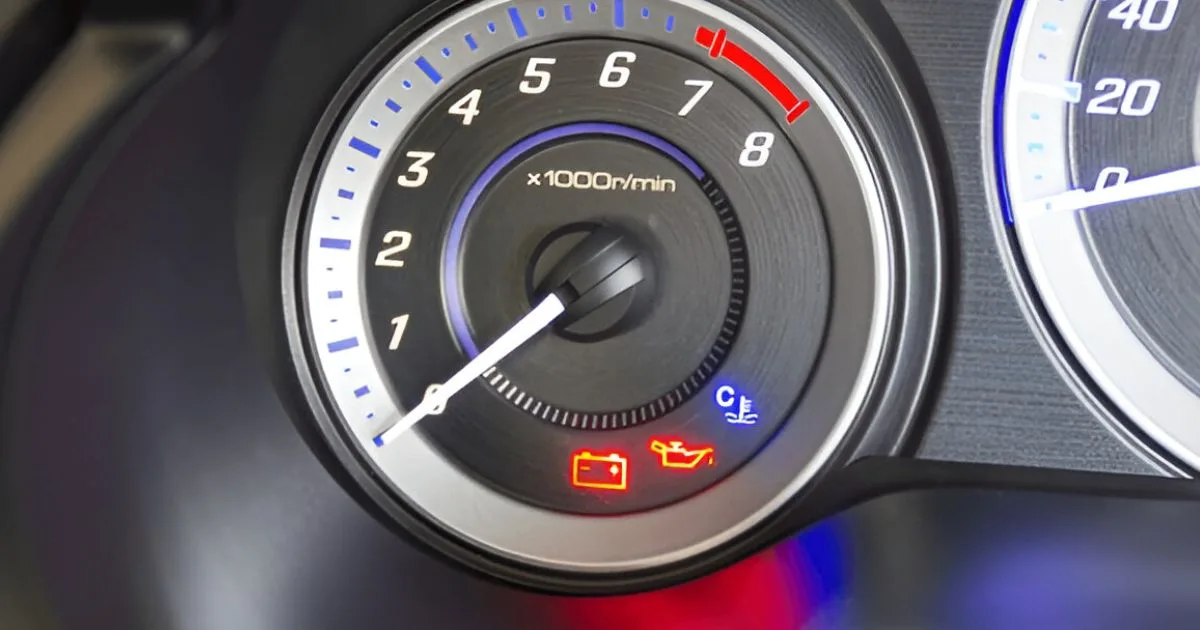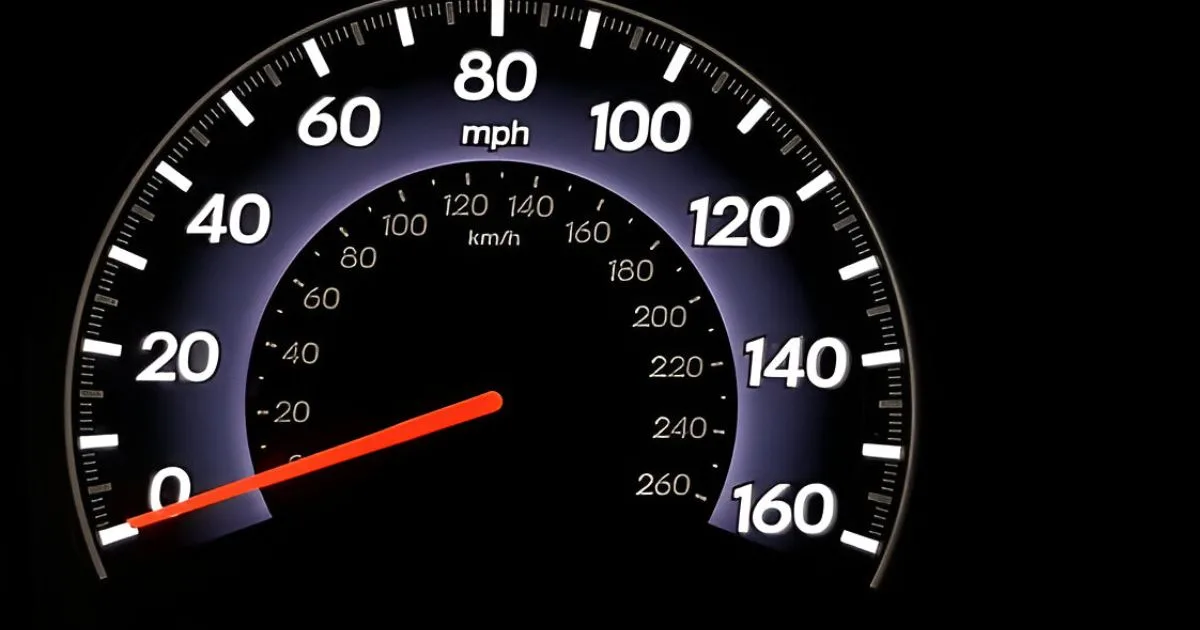
If your car temperature gauge drops unexpectedly, check the coolant level and inspect for radiator issues. Seek professional help if the problem persists or if there are signs of engine trouble.
Understanding the proper functioning of your vehicle's temperature gauge is crucial to maintaining engine health.
A sudden drop in the gauge reading can signal a variety of issues, ranging from minor coolant fluctuations to serious engine malfunctions.
Drivers should be aware that a stable temperature gauge typically indicates an engine that's running as it should.
When the needle moves in an unexpected manner, immediate attention is necessary to prevent potential damage.
This introduction serves as a guide for motorists to recognize and act promptly when faced with such a situation, ensuring that your car remains in optimal condition and reducing the risk of costly repairs.
Keeping an eye on the temperature gauge can save you from being stranded on the road and ensure your safety.
Introduction To Car Temperature Gauges
Car temperature gauges are critical. They show your engine's heat levels. A steady gauge means a happy engine. But when the gauge drops suddenly, it's alarming.
Role In Vehicle Health
The gauge's role is simple. It monitors coolant temperature. This helps prevent engine damage. A normal reading is crucial for safe driving. It also signals when maintenance is needed.
Common Issues
Several problems can affect a temperature gauge. These include a faulty thermostat, low coolant, or a broken gauge. Identifying the issue early can save your engine.
Symptoms Of A Dropping Temperature Gauge
Noticing the symptoms of a dropping temperature gauge is crucial. It helps you prevent bigger car problems. Let's dive into the most common symptoms.
Sudden Drops
Imagine driving, and your gauge drops quickly. It's alarming. This sudden change often points to a thermostat issue. The thermostat might be stuck open.
This means your engine isn't warming up as it should. You might also notice your car taking longer to heat up or not heating at all.
Key signs include:
- Quick gauge drop
- Engine takes longer to warm
- No cabin heat
Fluctuations While Driving
Fluctuations in your temperature gauge while driving can be scary. It means your engine's temperature isn't stable. This instability can harm your engine.
Common causes include low coolant levels or a failing water pump. Both issues prevent proper engine cooling.
Watch for these signs:
- Gauge moves up and down frequently
- Engine overheats then cools down
- Coolant levels drop without visible leaks
 Quick Fixes For A Dropping Gauge
Quick Fixes For A Dropping Gauge
Quick Fixes For A Dropping Gauge
Seeing your car temperature gauge drop can be worrying.
You rely on that gauge to tell you your engine's running as it should. A sudden drop might mean something's not right.
But fear not, there are quick fixes you can try before heading to the mechanic.
Checking Coolant Levels
The coolant keeps your engine from overheating. Low levels can cause the gauge to drop. Here's how to check:
- Wait for the engine to cool.
- Find the coolant reservoir.
- Check the level against the markers.
- If low, add the right type of coolant.
Bold the coolant type in your manual. It's key for engine health.
Thermostat Inspection
A faulty thermostat might cause temperature fluctuations. Here's a quick inspection guide:
- Locate the thermostat housing.
- Remove the housing. Note the position.
- Check for corrosion or debris.
- Replace if needed.
Ensure the replacement matches your car's specs. Keep your car's manual handy for this.
Understanding Coolant System
Understanding the coolant system is key to keeping your car running smoothly.
This system regulates engine temperature and prevents overheating. Let's dive into its function and recognize signs of malfunction.
Function And Importance
The coolant system in a car controls the engine's temperature. It consists of a series of components including the radiator, thermostat, water pump, and coolant fluid.
Together, they maintain optimal engine performance and prevent damage from excessive heat.
- Regulates temperature to keep engine running at a stable heat.
- Prevents overheating which can cause serious engine damage.
- Ensures efficient fuel combustion for better performance and mileage.
Signs Of Malfunction
Stay alert for these signs that your coolant system may need attention:
| Sign | Meaning |
|---|---|
| Temperature gauge drops | Possible thermostat issue or low coolant levels. |
| Unusual temperature fluctuations | Could indicate a failing water pump or blockages. |
| Heater not working | Low coolant or a clogged heater core may be to blame. |
Spot these signs early to avoid costly repairs and keep your car in peak condition.
The Thermostat's Role
The thermostat plays a key role in your car's health. It controls the engine's temperature. A working thermostat keeps the engine happy. Let's dive into how it does this.
How It Works
The thermostat sits between the engine and the radiator.
It acts like a gate. When the engine is cold, it stays closed. This lets the engine warm up quickly. Once warm, it opens. This lets coolant flow to the radiator.
The goal is to keep the engine at the right temperature.
Symptoms Of Failure
- Temperature gauge drops unexpectedly: This is a big sign. It means the thermostat might be stuck open.
- Engine overheating: If the thermostat is stuck closed, coolant can't flow. This causes the engine to get too hot.
- Heater doesn't work: Without proper coolant flow, the heater may fail.
- Fluctuating temperatures: If the temperature swings, the thermostat might be failing.
These signs warn you of thermostat trouble. It's important to check it out. A healthy thermostat means a healthy engine.
Diy Tips For Troubleshooting
Spotting a sudden drop in your car temperature gauge can be worrying.
Your car's health hinges on maintaining the right temperature.
Let's dive into some DIY tips for troubleshooting this issue.
Quick checks and fixes might save you a trip to the mechanic.
Simple Inspections
Begin with simple inspections that don't require professional tools or skills.
- Check the coolant level - Low coolant can cause temperature drops.
- Inspect radiator cap - Look for damages or wear.
- Scan for leaks - Coolant leaks affect temperature stability.
Examine the thermostat housing for cracks. Look at the hoses for firmness and fit. These steps can reveal common issues affecting your gauge reading.
When To Seek Professional Help
Some problems require a mechanic's expertise. Know when to seek professional help.
- If coolant levels and parts look good, yet issues persist.
- When the temperature gauge fluctuates rapidly.
- If there are signs of engine overheating.
Professional diagnostics can pinpoint underlying issues. They can prevent costly repairs down the line. Reach out to a trusted mechanic if DIY checks don't resolve the problem.
 Preventive Measures
Preventive Measures
Preventive Measures
Preventive Measures are crucial for a car's health.
These steps help avoid sudden drops in the temperature gauge. Regular check-ups and monitoring can save time and money.
Let's explore how to keep your car running smoothly.
Regular Maintenance Tips
Staying on top of car care is key. Follow these tips to prevent gauge issues:
- Check coolant levels often. Low coolant can cause drops.
- Inspect hoses for leaks or damage.
- Replace the thermostat if it's old or faulty.
- Service your car at recommended intervals.
Regular servicing keeps your car happy and healthy.
Monitoring The Gauge
Keep an eye on your temperature gauge. It's on your car's dashboard. Here's how:
- Start your car and watch the gauge.
- It should rise steadily, not too fast.
- If it drops, note the conditions.
React quickly if you see unexpected changes.

Credit: www.reddit.com
Frequently Asked Questions
Why Does My Car Temperature Gauge Drop?
A sudden drop in your car's temperature gauge often indicates a faulty thermostat or low coolant levels, requiring immediate attention.
What Causes A Car Temperature Gauge To Fluctuate?
Temperature gauge fluctuations can be caused by air pockets in the cooling system, a failing water pump, or a clogged radiator.
How Do I Fix A Dropping Temperature Gauge?
To fix a dropping temperature gauge, check and refill the coolant if low, bleed the cooling system to remove air, or replace a defective thermostat.
Is It Safe To Drive With A Low Temperature Gauge?
Driving with a consistently low temperature gauge can lead to inefficient engine operation; it's best to diagnose and address the issue promptly.
Related Post
How to Use a Car Clinometer: Navigate Slopes Safely!
How Does a Car Dynamometer Work: Unveil the Power!
How Does a Car Hydrometer Work: Unveiling Secrets
Step-By-Step: Voltmeter Mastery for Car Battery Checks
What Causes a Car Fuel Gauge to Stay Stuck on Full: Insights
What Causes a Car Odometer to Stop Working: Key Reasons
Conclusion
Facing a sudden drop in your car's temperature gauge can be concerning. Remember, staying calm and taking prompt action is vital.
Regular maintenance checks help prevent such issues, but if they arise, knowing the right steps can save you time and costly repairs.
Keep your journey safe by being prepared for any temperature fluctuations on the road.
Disclosure
Some links may be affiliate links. That means we may earn a small commission at no extra cost to you.